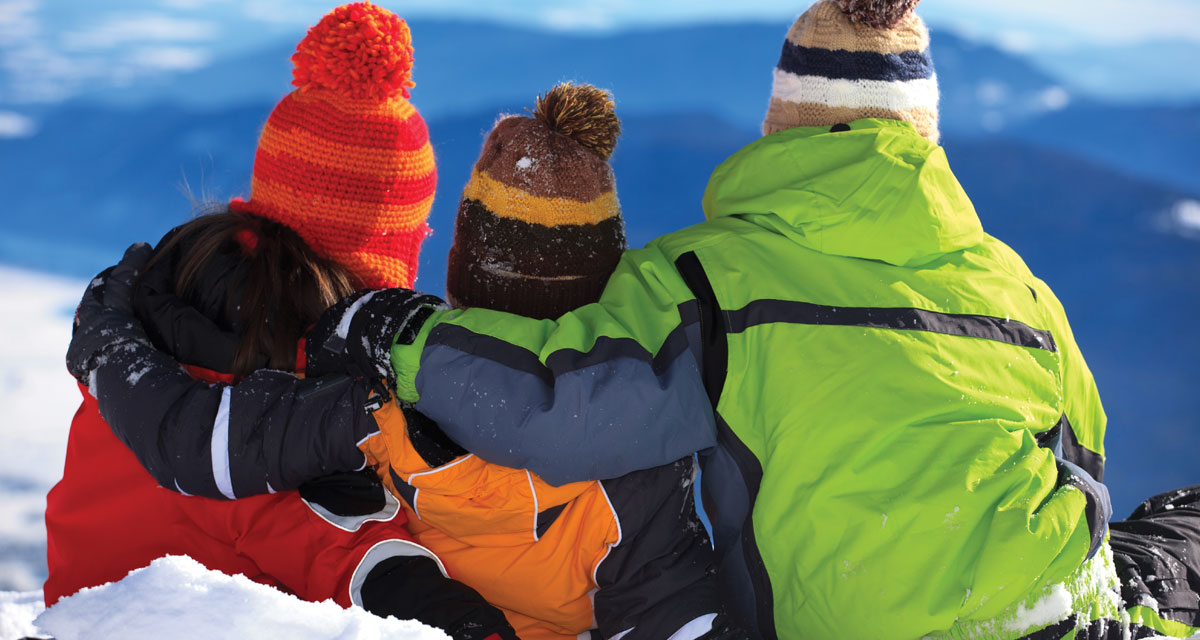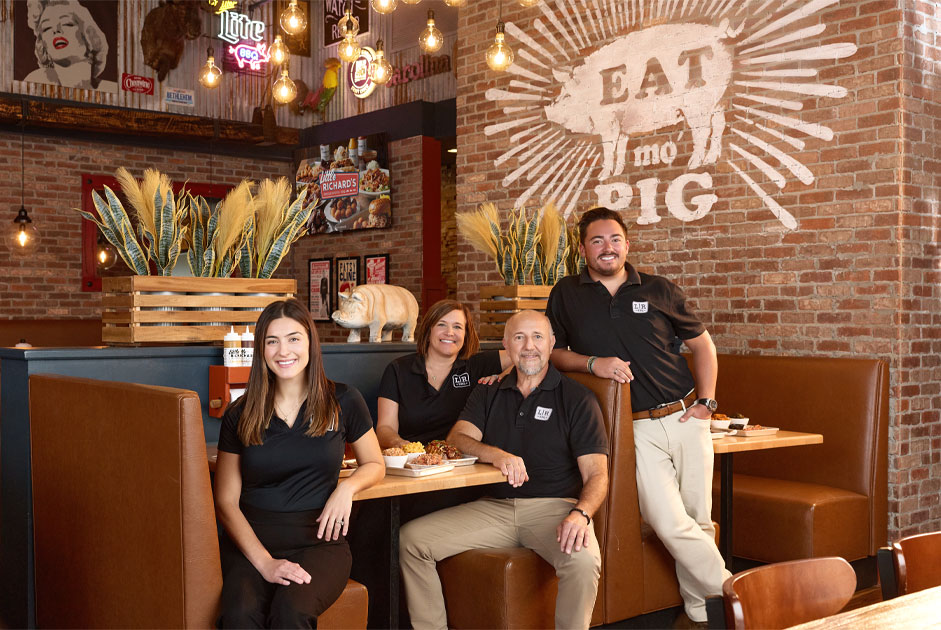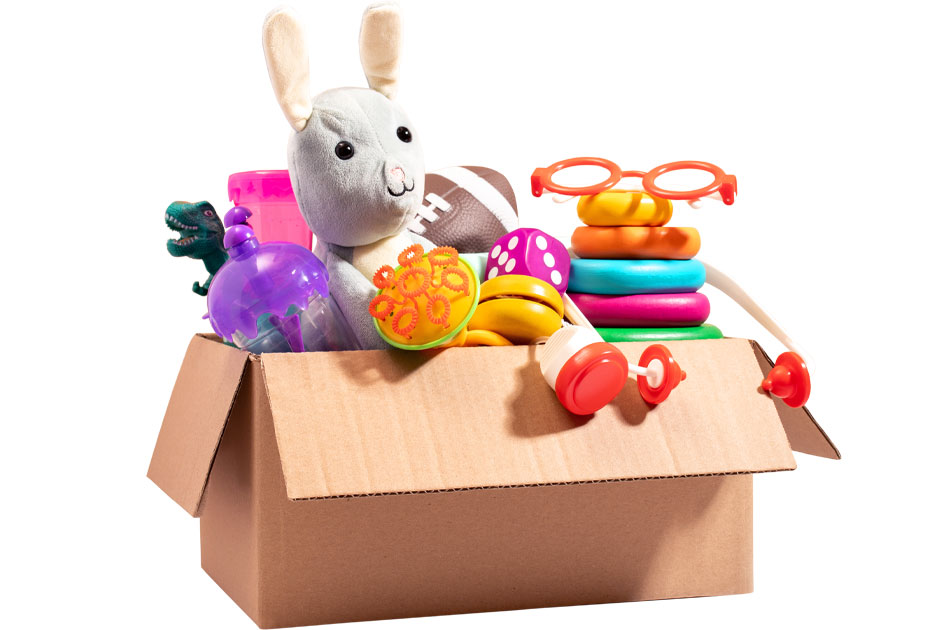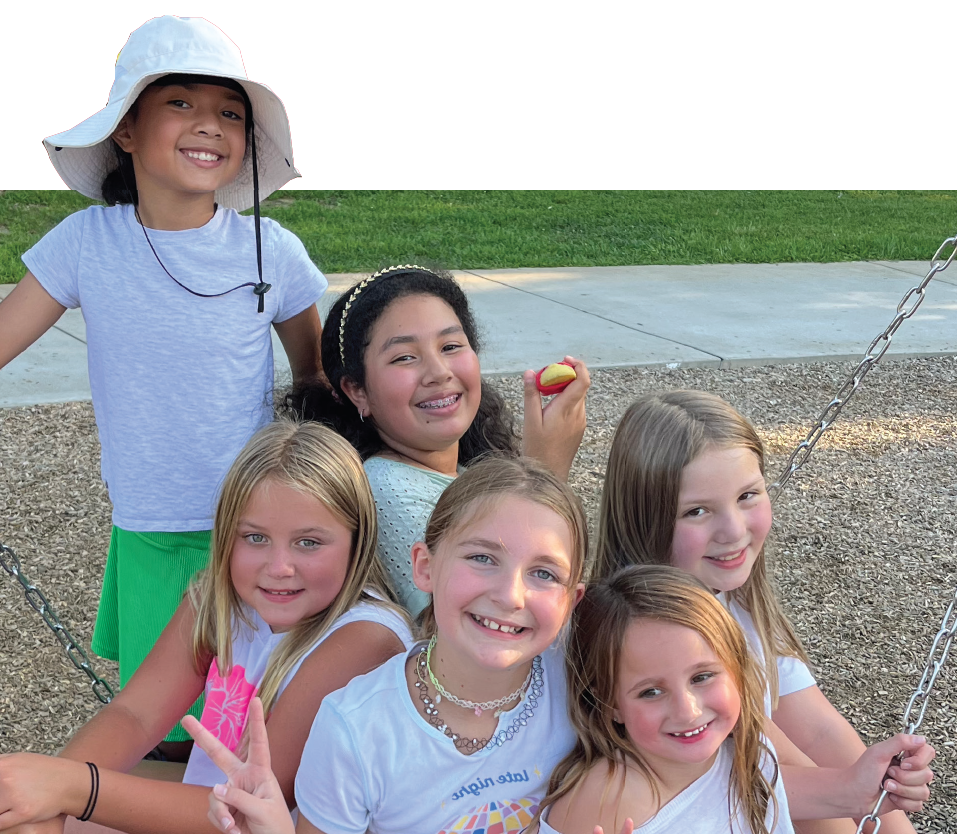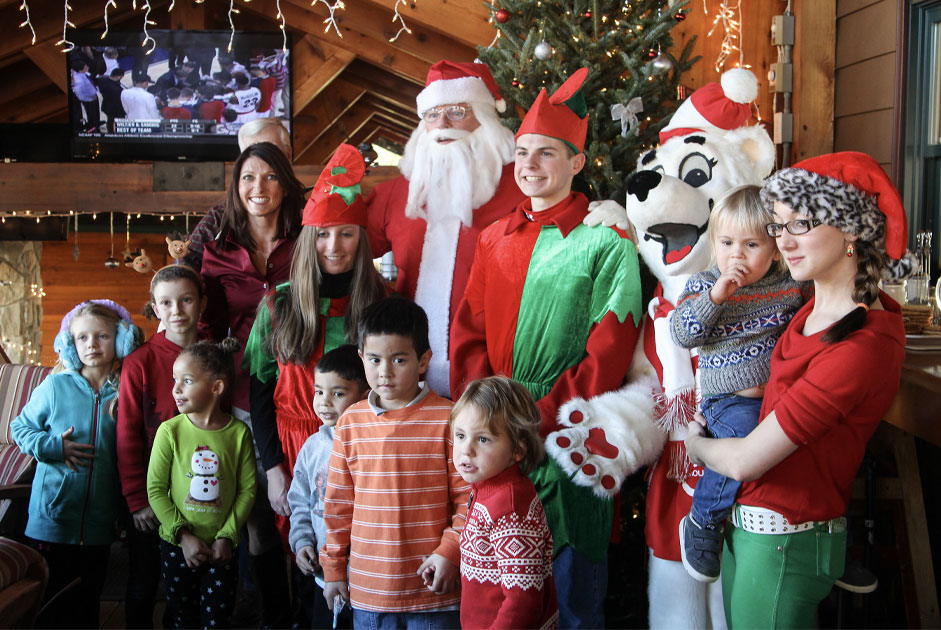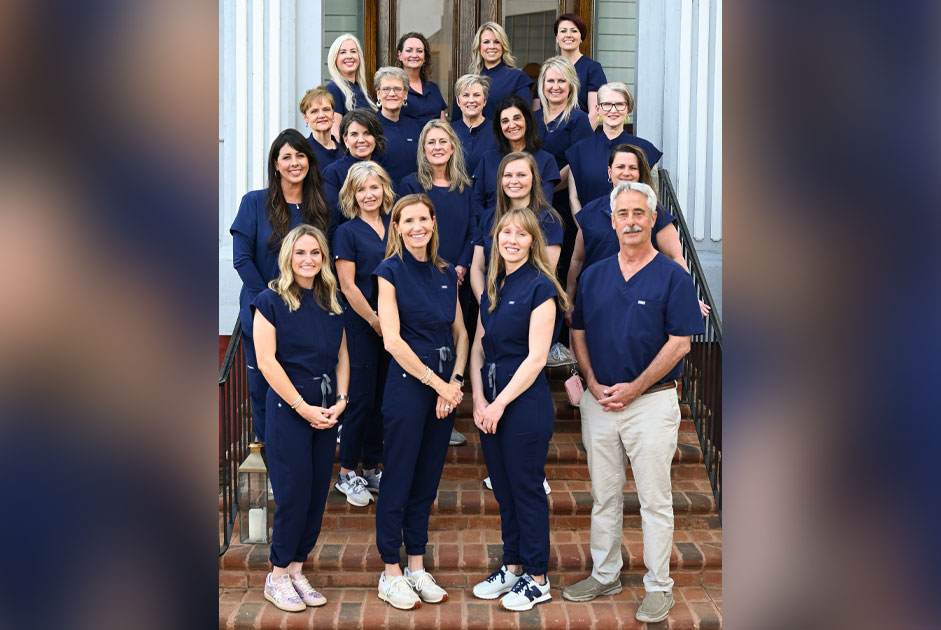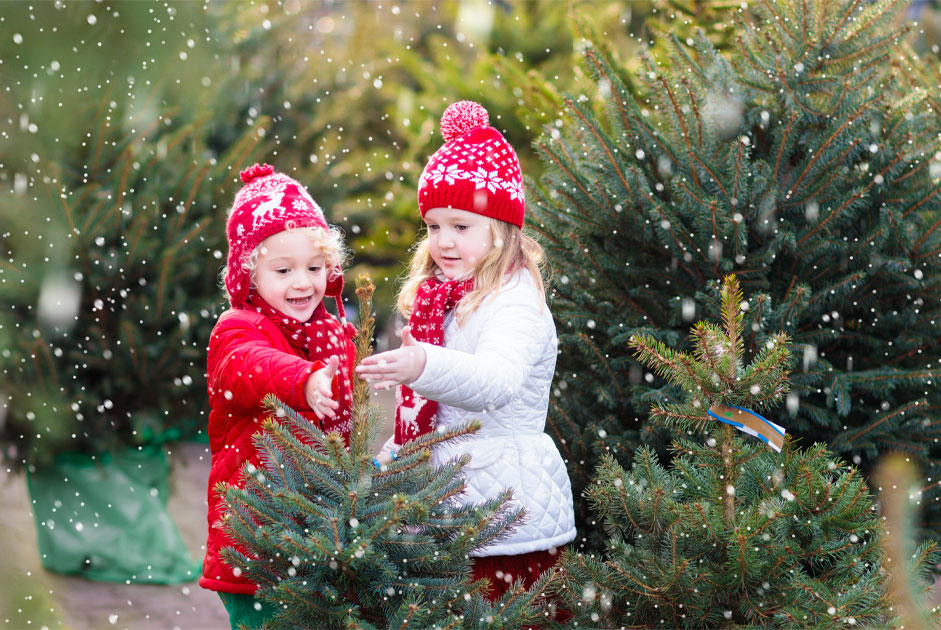Each month this series will provide important facts and tips surrounding child safety to support parents and caregivers as they navigate reducing risks and creating the safest environment possible for the children in their lives.
Winter holidays are a beautiful time to celebrate with family and friends, creating special memories! The little ones in our lives make the season even more magical, so here are a few important tips to ensure a safe and happy holiday season.
Holiday Decorations
Indoor Safety
For your youngest and smallest children, place all holiday decor out of reach of curious hands, especially when something is easily breakable or poses a choking hazard. If you have a Christmas tree, make a note to hang your more fragile ornaments higher up on the tree and consider covering plugs for your lights with safety covers. If you have a real tree instead of an artificial one, remember to water it amply so the needles don’t dry out, creating a fire hazard. Always keep open flames away from your Christmas tree. Keep any ingestible holiday plants, such as mistletoe and poinsettias, out of reach of children (and pets), as these can often be toxic.
Outdoor Safety
Your outdoor holiday decor may be a real show-stopper in the neighborhood, but make sure you take precautions with your festive setup. Use proper hanging techniques for wreaths, signage, and lights to ensure nothing falls, creating a hazard. When plugging in your lights and any other electrical decor, ensure you are using correct power strips with built-in circuit breakers, not allowing too many plugs to be plugged into one outlet. If you’re getting help from your kids with your outdoor decorating, always supervise them and set age-appropriate boundaries around what they can and cannot help with to avoid injury. Have children dressed appropriately with closed-toed shoes if they are climbing step ladders or getting into bushes etc., to assist.
Gift Giving
Presents are definitely a holiday highlight for kids! This is the perfect opportunity to remind friends and family about age-appropriate gifts, letting them know what age range to look for when shopping. When opening presents, look for small parts that may not be suitable for some children and anything that needs to be out of reach for smaller siblings, even if it is safe for big brothers or sisters to play with them. Collect wrapping paper, bows, ribbon, plastics, and disposable packaging from opened gifts to keep a clear and safe space for your kids. Consider waiting to place gifts under the tree until supervision is available, especially for items including batteries, small parts, liquids, or fragile elements.
Food and Allergy Awareness
Holiday meals and treats aren’t just an adult festive favorite! Kids get excited about big family meals and special desserts and candies, but having a game plan on what’s appropriate and safe for little mouths and tummies is important! If you are trying any new foods or drinks, keep an eye out for possible allergic reactions, giving small portions to try at first. If you have a child with a food allergy, let those in attendance at parties or get-togethers know about helping them avoid accidental exposure. Some children are too young for special treats like candy canes or caramel apples, but older family members may not be aware of this, so ensure supervision is given from a parent or sibling to help keep these boundaries in place.
Travel & Injuries
Travel
If you plan to travel to celebrate the holidays, there are a few steps to take to avoid risk when traveling with your kiddos. First, make sure you pack appropriately for the trip, bringing weather-appropriate clothing, including any protective layers they may need for colder weather, such as a coat, hat, gloves, and warm pajamas. Pack medications and have them properly labeled and out of reach, as needed. Take precautions if driving to your destination to make sure your vehicle is serviced with safe tires, ample fuel, and an emergency kit with items like a flashlight, snow chains, gloves, and more. Have car chargers available for GPS devices and smartphones and a phone number saved for towing services like AAA. Let the people you are visiting know your route and your expected arrival time in case of emergencies.
Taking Action If an Injury or Accidents Occur
Always have a first aid kit easily accessible, as well as any important documents, such as lists of medications your child is currently taking and phone numbers for contact information for pediatricians and emergency contacts. If you are unsure about the severity or care of an injury, but have concern, don’t wait to head to your nearest emergency room or call 911.
Helpful Resources to Learn More
- Safe Kids Worldwide – www.safekids.org/holidays [ONLINE ARTICLE HYPERLINK: https://www.safekids.org/holidays]
- North Carolina Department of Public Safety [ONLINE ARTICLE HYPERLINK: https://www.ncdps.gov/dps-services/safety-tips/holiday-travel]

